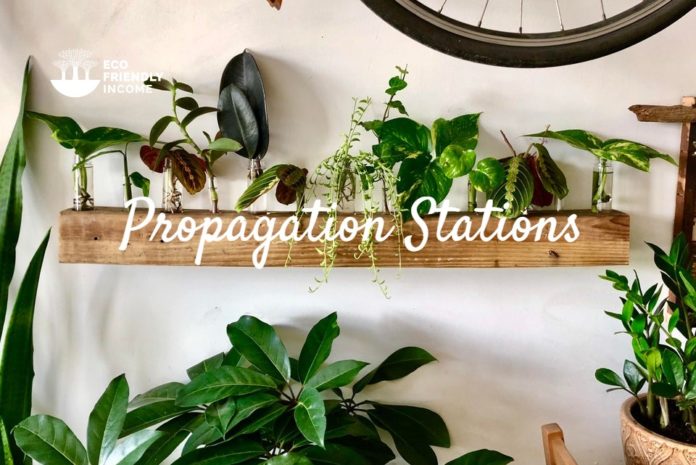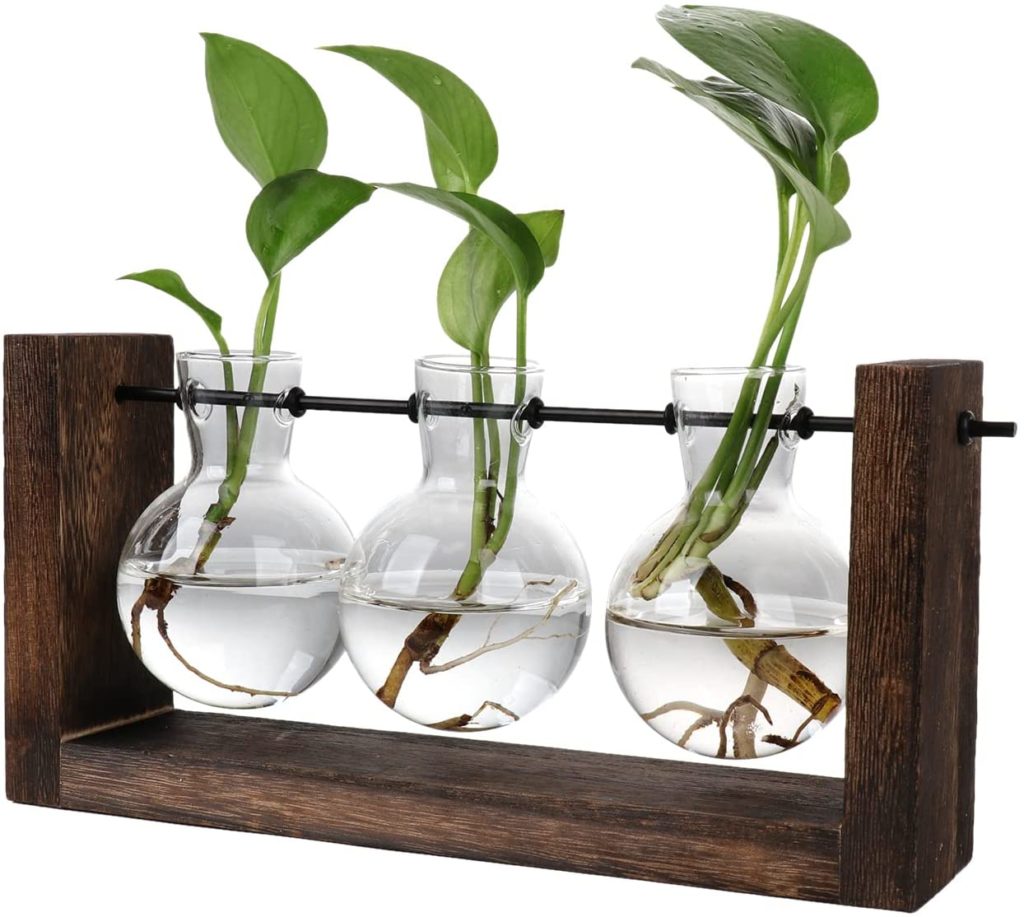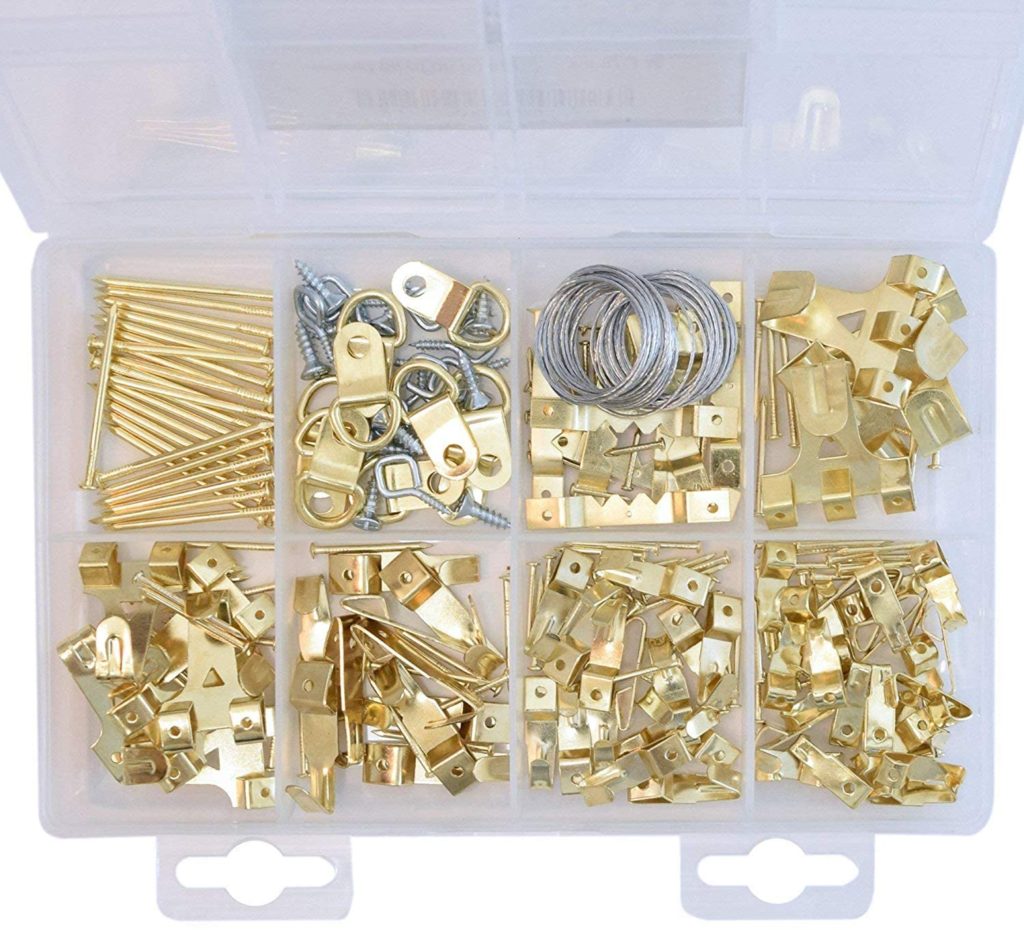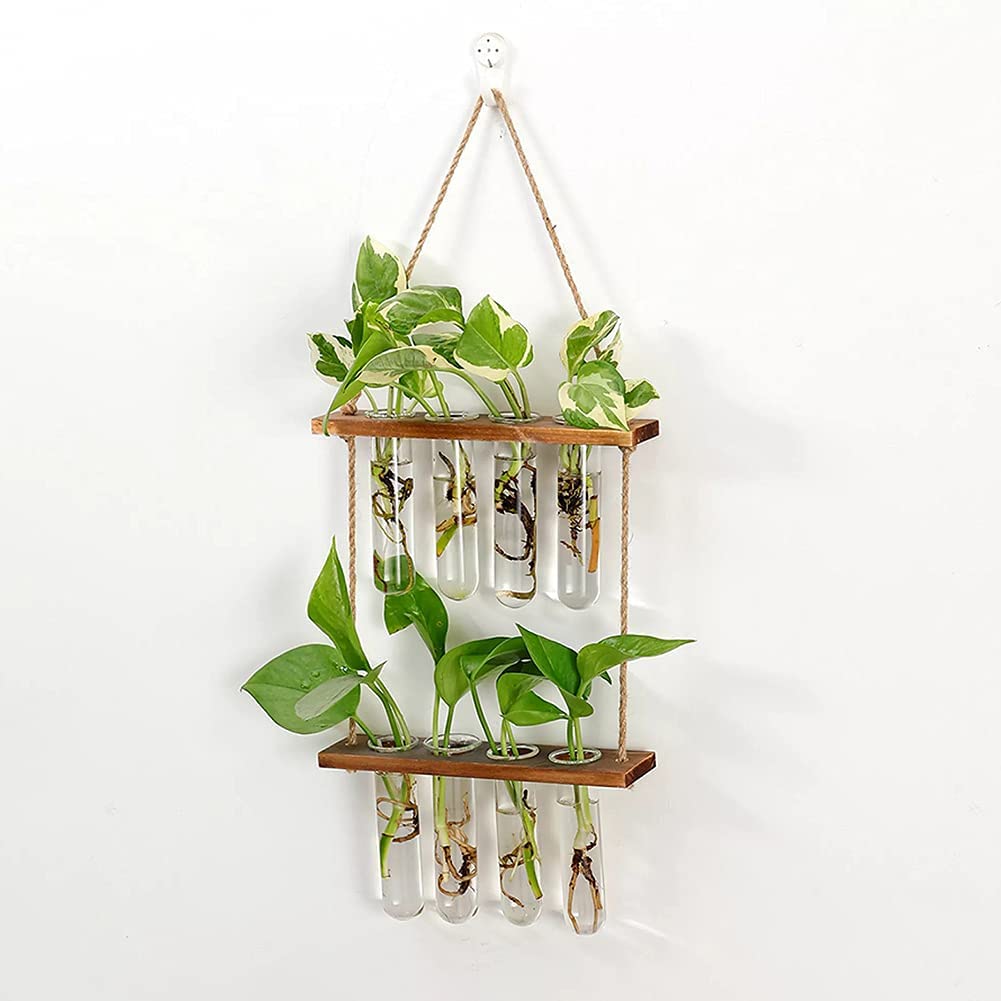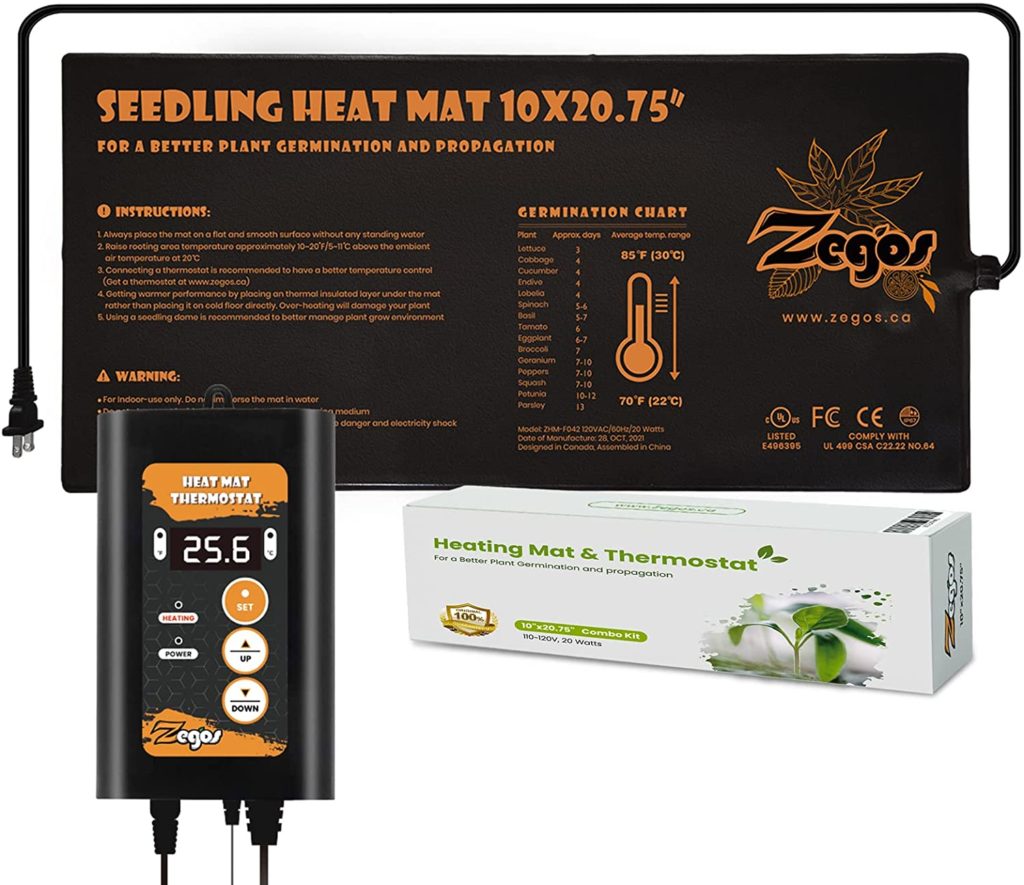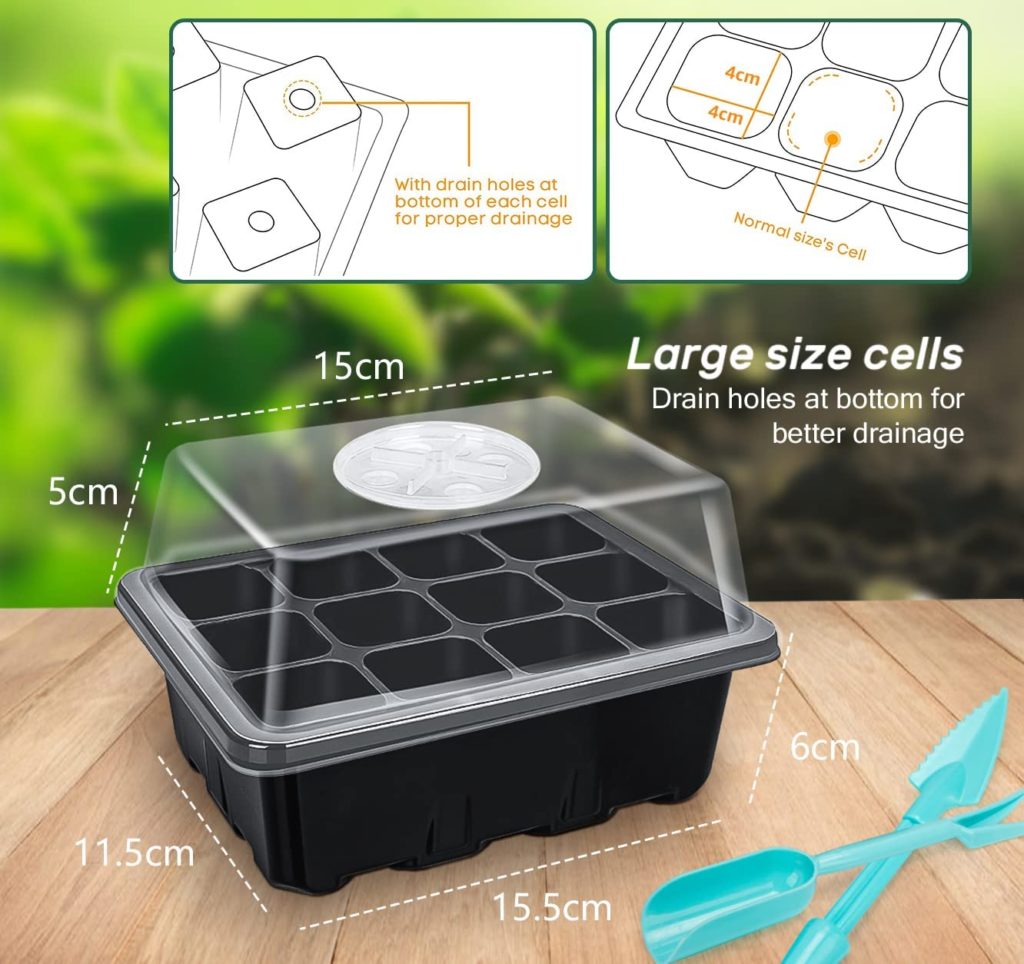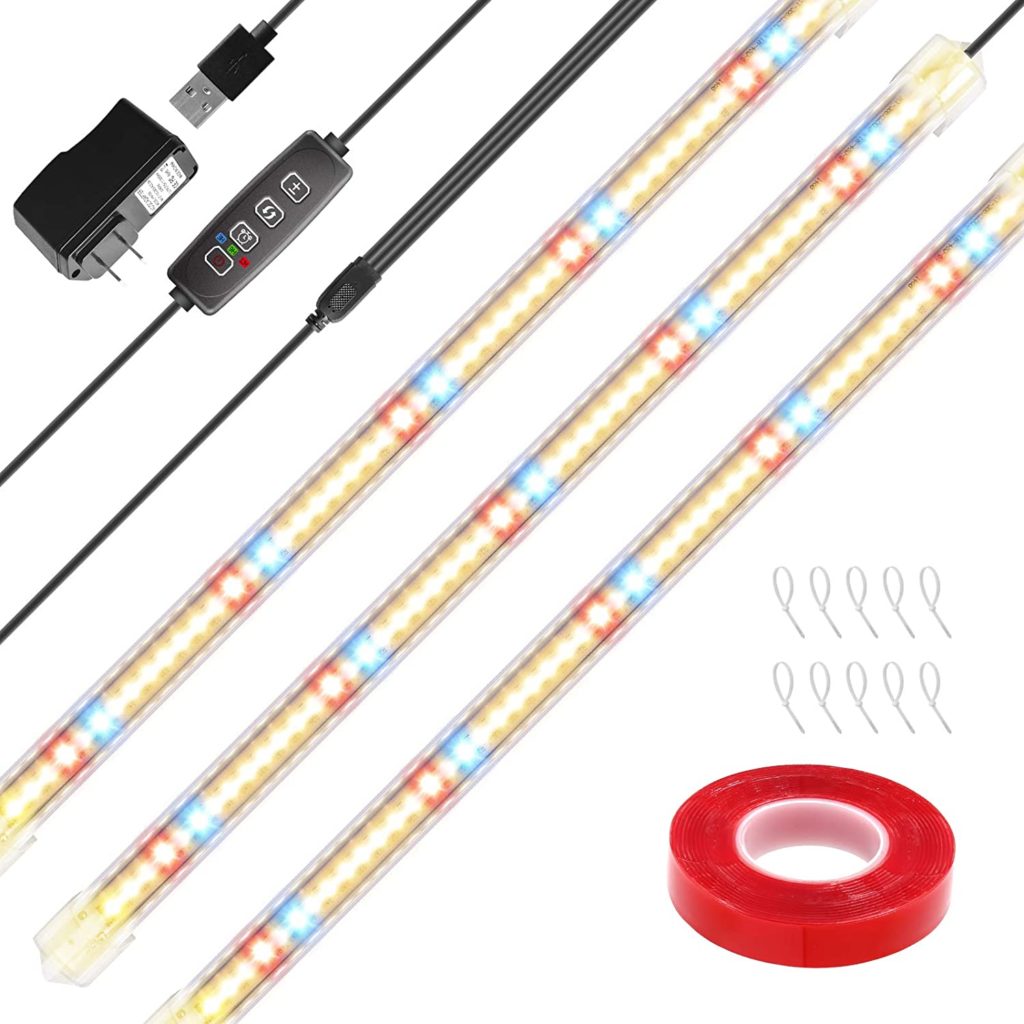It’s 2022, covid doesn’t look like it’s over any time soon. We’re spending so much more time at home, we gotta do things to keep ourselves occupied.
That’s where plant propagation comes in! It’s wonderful, you can take the house plants you already have and multiply them with a few simple tricks.
It’s pretty interesting to see how adaptable nature is, even if you separate part of a plant, it can find ways to continue to live.
Well, that’s if you give it the proper environment that is. Some plants are easy to propagate, but others require precise settings.
The type of propagation station you want all depends on the type of plant you’re propagating.
Also depends on your ambition, do you want to propagate just a few plants or get serious with production?
One thing is sure, it’s a lot of fun to propagate plants, and you can even make a few bucks from it if you want!
How to Root Plants in Water
The first thing you’ll need to know before you build your propagation stations is how to propagate the plants themselves!
If you’re going for a wall or hanging station, then you’ll probably be rooting house plants. Most species will work with this method:
- First, take a look at the plant stems and try to find root nodes (Aerial roots sticking out of a stem). Not all house plants have aerial root nodes, so if you don’t see one you’ll just have to find fresh growth.
- Next, carefully cut 1/4 inch below the root node or 1 inch below where new growth sprouted from. Make sure each cutting has some leaves and is at least longer than 8 inches.
- Finally, take your cuttings to your propagation station then place one per glass jar. Fill with room temperature water.
That’s it! You do want to change the water every 3-5 days and clean any mucky film off the plants.
Keep in a well-lit area and wait.
Most plants root within a month but some may take longer. As long as the plant is still alive, there’s no reason to lose hope. It could even root 3 months later.
After your plants have built hefty root balls, all you need to do is to transplant them in your favorite pots.
Now let’s look at 3 ways you can build your propagation stations:
1. The Propagation Wall
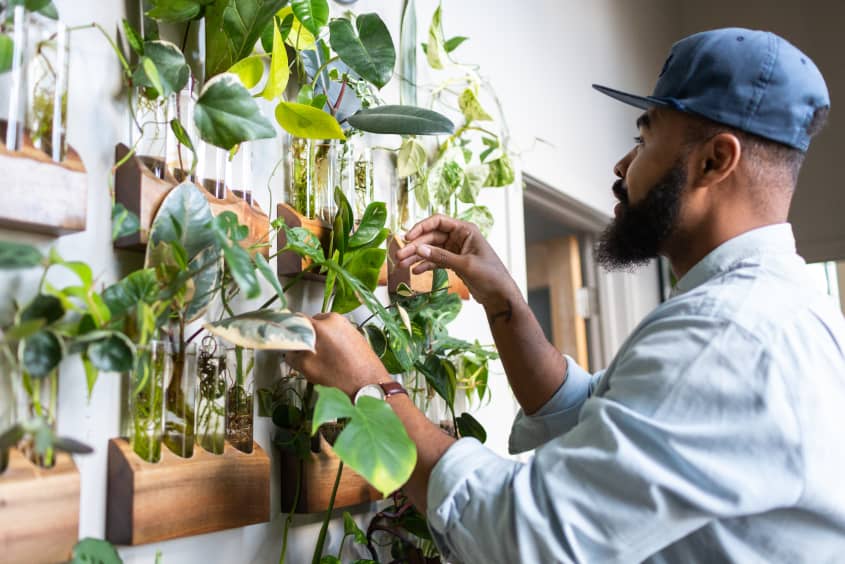
This propagation station goes on your wall and just looks so good. That mix of wood with glass, hanging on the wall like that can surely bring some life and sophistication to your home.
It’s especially great if you’re not looking to get very deep into propagation and just want a simple hobby.
You can still propagate a wide variety of plants directly in water like that. As a matter of fact, most house plants will work with this method.
How to Set Up A Propagation Wall
You’ll only need these two things to set this up: The Terrariums & The Wall Mounting Kit.
Really it’s just about ordering the terrariums you love and safely mounting them on the wall.
After that, you just pick some house plants you want to propagate and get started!
Pros and Cons
Pros
- Stylish: The most appealing propagation station, adds some beauty to your home.
- Simple: There’s nothing really complicated about it, just hang and wait.
- Low maintenance: You don’t have to measure humidity, temperature or light.
Cons
- Price: It can get expensive for a simple setup.
- Limitation: You won’t be able to propagate a large number of plants.
Interested in DIY propagation stations? Check out Backyardboss’s 17 amazing propagation ideas.
2. The Hanging Propagation Station
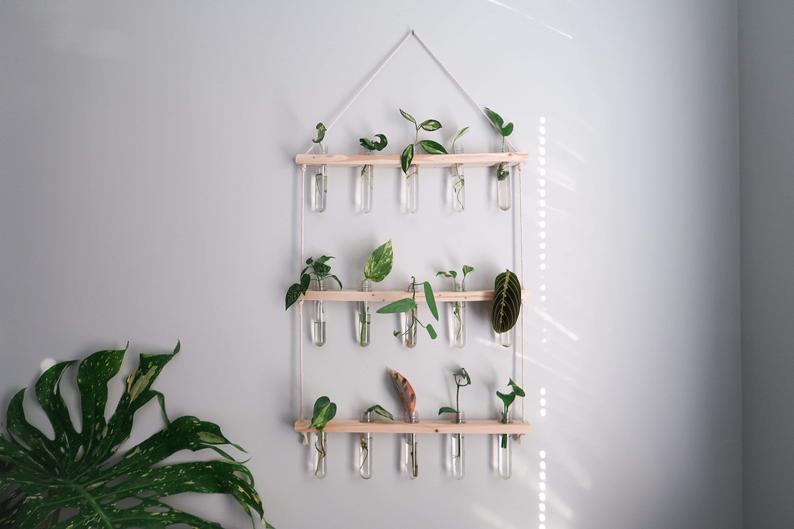
This propagation station is pretty similar to the wall station, except you’ll be hanging it in the air.
It’s kind of neat because that way you could potentially hang it in places your wall station wouldn’t work.
The more propagation stations the better, right?
The process for propagation is the same here, and you’ll just need a pin to latch it on the wall.
I can see myself getting a bit over the top with these, they might just end up on every hanging surface of my house… do I have a problem..?
I mean I love these stations so much I think I might just buy one for my mom.
Pros and Cons
Pros
- Versatility: Fits in areas the other two stations might not.
- Ease of use: It’ll be real easy to take the tubes out to change the water and clean the plants.
Cons
- Pets: Your cat might think this is a toy, and that’s probably not going to end well.
- Price: These aren’t so cheap, and you’ll be limited to doing only a few cuttings.
- Fragile: It’s on a rope so you never know what can happen, there’s a risk for some mess.
3. The Controlled Propagation Station
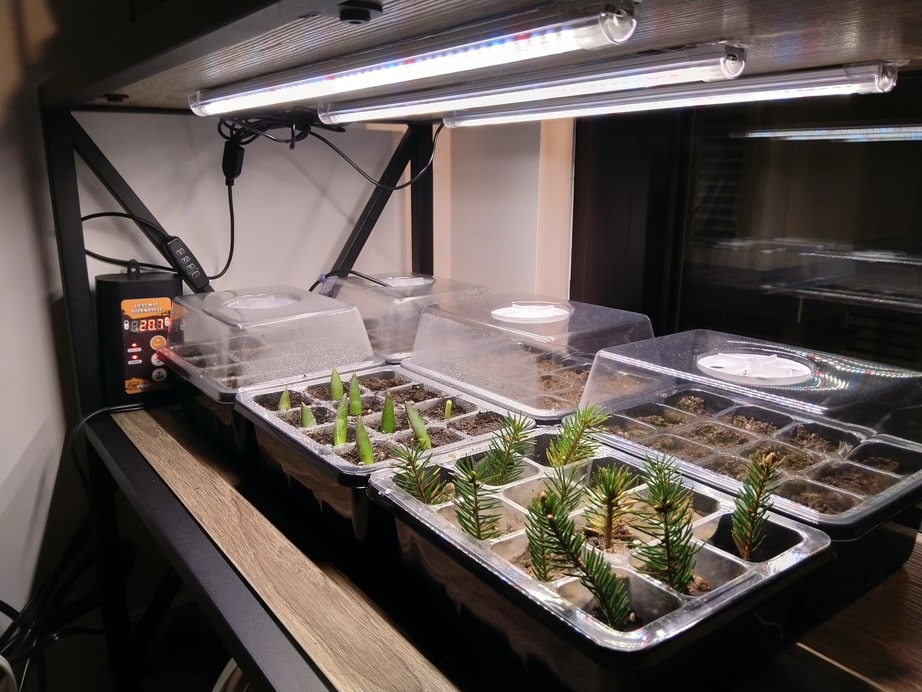
With this propagation station, you’ll start looking into controlling temperature, humidity, and lighting. You’ll get deeper into plant propagation and gain access to a much larger variety of plants.
At this stage, you’re not propagating plants as house decors, you’re propagating plants for much more.
It gets complicated though, some seeds need cold stratification and specific lighting to germinate, while some cuttings need a certain temperature and moisture level to root.
We’ll be controlling these elements with 3 important tools:
- A heating mat with thermostat.
- Some seedling trays with ventilated covers.
- LED grow lights with a timer.
You can order everything you need for this propagation station easily on Amazon.
The propagation station above is actually my own. In the summer I do this outside in my nursery but during winter months, I use this setup to continue rooting cuttings.
One heating mat holds 6 seedling trays that have 12 cells each. That means one shelf like this can make up to 72 cuttings or seedlings.
That means if you had a 3 level shelf, you can grow 216 seedlings or cuttings at once. Those numbers are getting serious.
With this station, you might as well, you’ll be growing plants that might not germinate or root 100% of the time. The more cells you have available, the higher your chance for success.
At Eco-Friendly Income, we specialize in plant propagation, and we especially encourage you to propagate native plants.
Below are some plants & trees you can grow in your propagation station, we even have guides for each!
Plants to Cultivate in the Controlled Propagation Station
Wild Tea
Flowers
Medicinal Plants
Trees
So this ups the game doesn’t it? Now you could grow herbs for tea, and medicine, or even trees and flowers for your garden.
Pros & Cons
Pros
- Variety: Gain access to many more plants.
- Control: You get to set the exact temperature, humidity and light you need.
- Price: This setup only costs about $120 canadian to get. Considering the output, that’s a great deal.
Cons
- Space: You require some dedicated space in your home for this, can’t just set it anywhere.
- Complexity: Requires a lot of reading to understand the propagation techniques for these plants.
- The Look: It doesn’t look too appealing, its not something that can add beauty to your home like the propagation wall.
Conclusion
Maybe you’re like me, you can’t just pick one of these so you have all of them! Why not? The controlled station is sweet to grow all sorts of rare plants and the wall & hanging stations are the perfect spots to show them off!
I mean come on, nature walls are just so beautiful and inspiring. They freshen the air in your home and flower blooms can bring some amazing fragrance into the mix.
Hopefully, that gives you some ideas and inspiration to propagate plants now!
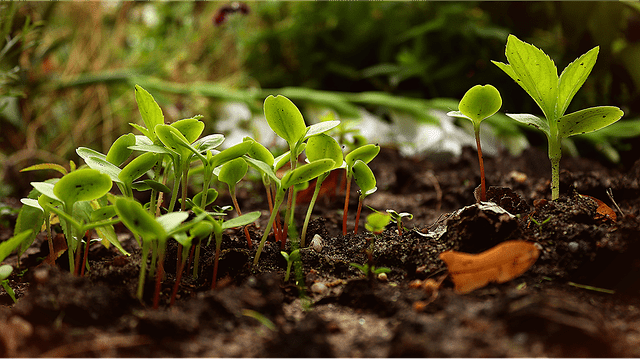
If you want to learn more on the technicals of plant propagation, check out our plants guide.
Got some tips and tricks to mention? Share your wisdom with us down below!
This post contains Amazon affiliates links, as an Amazon Associate, eco friendly income earns from qualifying purchases. Your support will help us continue to provide quality content on plant propagation.

